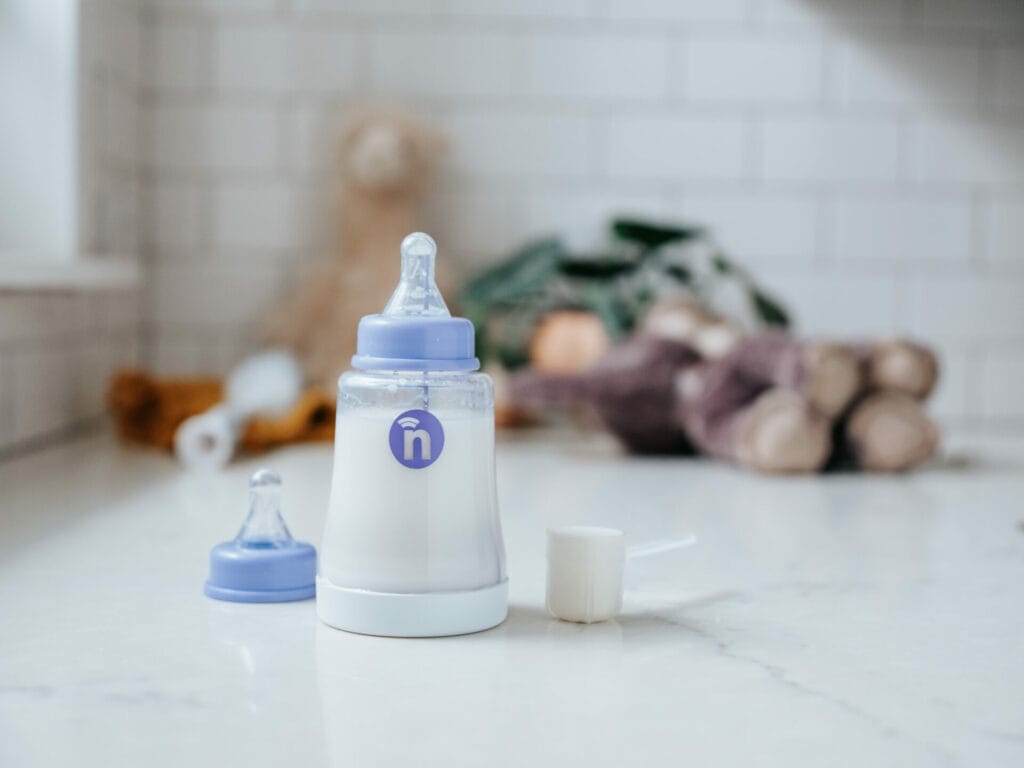How to burp your baby
Last updated on September 29, 2022


Is your baby cranky or fussy after feedings, instead of sleepy or happy? If feeding seems to cause discomfort or agitation in your baby, they may need your help to release any air they swallowed with the gold-standard cure for gas: A big burp.
There are many ways to effectively burp a baby. Your parents or relatives may have their own tricks and methods they use or have taught you. If your burping methods don’t seem to be cutting it, try these five strategies taught by pediatricians and feeding specialists.
5 Methods for burping your baby
- Patting: Pat or rub your baby’s back with a cupped hand and rhythmic motion. Your goal is to move the trapped gas up and out, so start with gentle patting and increase the intensity if needed. You can also try rubbing or stroking their back in an upward motion.
- Sitting position: If your baby can sit up with support, place them in an upright position on your lap. Cup their chin between your index finger and thumb. Lean their chest into your palm with one hand, creating a stable and supported position. Make sure to keep your baby’s belly and back as straight as possible, as slouching can make it harder to release a burp. While in this position, you can try patting or rubbing their back with the other hand, using a cupped hand and a rhythmic motion.
- Bicycle kicks: Lay your baby down on your lap, with their face and chest facing up. Experiment with gentle bicycle kicks by moving their legs up and down one at a time. You may also briefly lift your baby and let them straighten out.
- Upright position: Hold your baby in an upright position against your chest, supporting their head and neck with one hand. Pat or rub their back in an upward, rhythmic motion with the other hand.
- Over the shoulder: Alternatively, place your baby over your shoulder with their tummy against your chest. Support their head and neck with one hand and pat or rub their back with the other.
Top 5 early infant hunger cues
Lucky for us, babies share a common language. These non-verbal cues are reliable signals that your baby wants to feed soon:
- Sucking: Your baby may start sucking on hands or actively sucking on a pacifier.
- Hands to Mouth: Your baby may bring a hand or fist to his mouth.
- Alertness: A baby who is ready to feed may appear more alert or active, as opposed to sleepy or relaxed. Their eyes will be open.
- Tongue/Mouth Movements: Your baby may smack or open his lips or move his tongue. Some babies may make an mmmmm sound.
- Turning to Breast or Bottle: Often called “rooting,” this refers to a baby instinctively turning her head to find her mother’s breast or a bottle. A baby may root on any object near the mouth, such as an arm, finger, etc.
If your baby doesn’t burp after a few minutes, try switching positions and repeating the process. Some babies respond better to different positions, so experiment to find what works best for your baby.


Reviewed by Dr. Gilson Capilouto & Dr. Jessie Zak
Next Article

